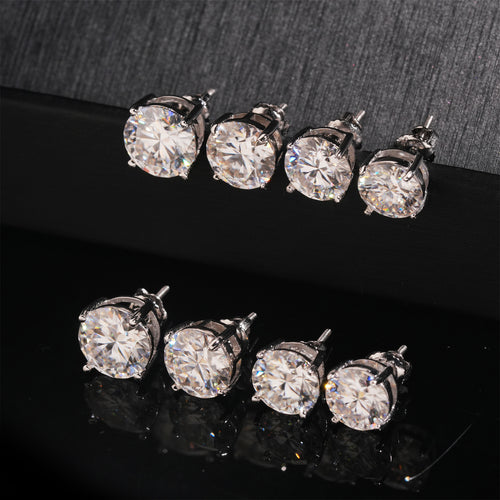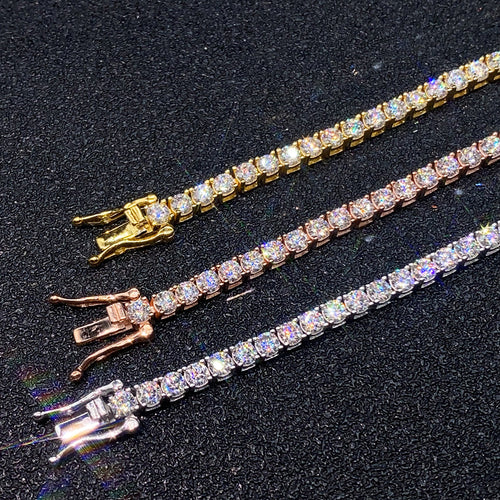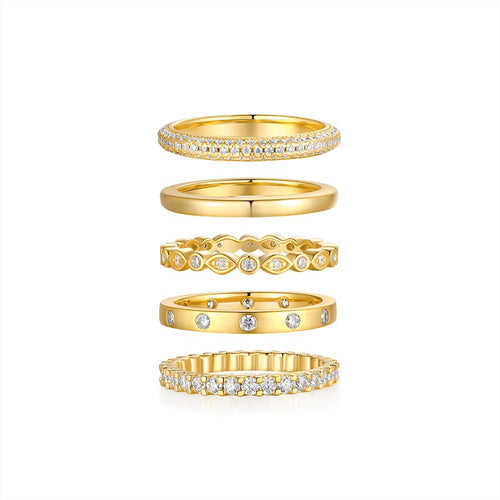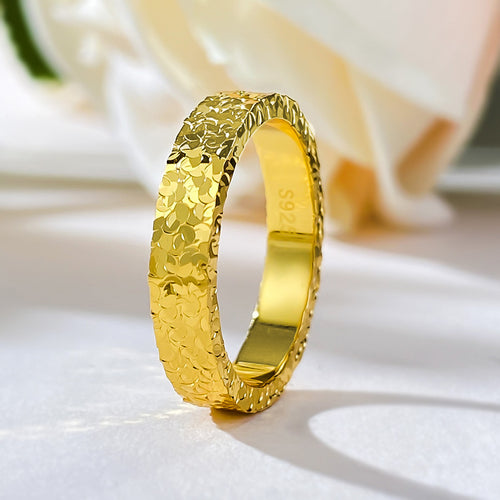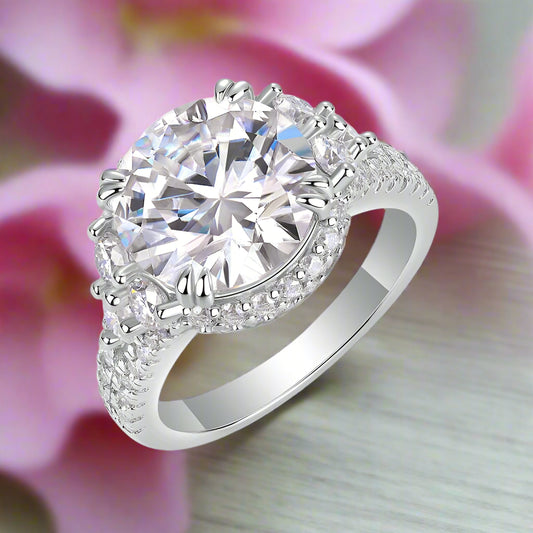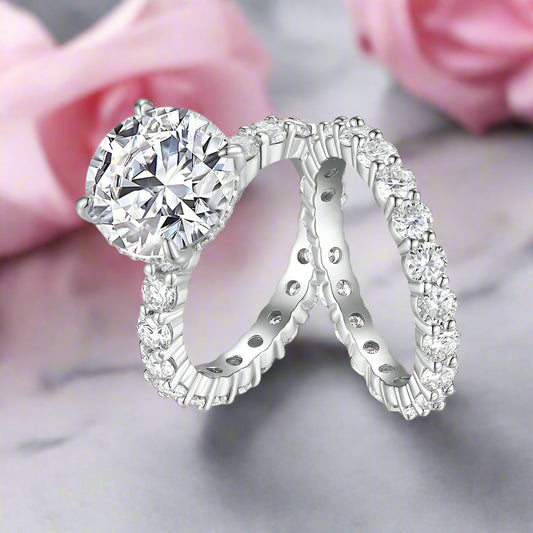Lab grown diamonds are revolutionizing the jewelry industry as a sustainable and ethical alternative to mined diamonds. These stunning gems are created in laboratories using advanced technology that mimics the natural conditions under which diamonds form deep inside the Earth. The two main methods used to grow lab diamonds are Chemical Vapor Deposition (CVD) and High Pressure High Temperature (HPHT).
Both processes produce real diamonds - identical in chemical composition, brilliance, and hardness to natural diamonds - but with more control over size, clarity, and color. Let’s explore how each process works.
What Are Lab Grown Diamonds Made Of?

Just like natural diamonds, lab created diamonds are made of pure carbon atoms arranged in a crystal lattice. This unique structure gives diamonds their exceptional hardness, fire, and brilliance.
During growth, trace elements can be introduced:
-
Nitrogen → produces yellow tones
-
Boron → produces blue diamonds
-
Hydrogen → may cause slight color variations
This makes lab grown diamonds customizable in both quality and color.
The CVD Diamond Process (Chemical Vapor Deposition)

The CVD process creates diamonds in a gas-filled chamber, growing them layer by layer.
Step-by-step CVD growth:
-
Seed Placement – Tiny diamond seeds (lab or natural) are placed inside a vacuum chamber.
-
Gas Activation – Hydrogen and methane gases are introduced, forming a plasma cloud.
-
Heating – The chamber reaches 700–1200°C, breaking down carbon molecules.
-
Diamond Growth – Carbon atoms deposit onto the seeds, slowly forming diamond crystals.
-
Monitoring & Cutting – Once the crystals reach the desired size, they are cut and polished for jewelry.
CVD diamonds are highly valued for their clarity and ability to grow larger stones.
The HPHT Diamond Process (High Pressure High Temperature)

The HPHT method replicates the extreme pressure and heat conditions inside the Earth’s mantle.
Step-by-step HPHT growth:
-
Creating the Environment – A press machine contains carbon, a diamond seed, and a metal catalyst (nickel or cobalt).
-
Applying Pressure & Heat – Conditions reach 5–6 GPa and 1300–1600°C, causing carbon to crystallize.
-
Cooling & Extraction – The newly formed diamond is cooled, then cut and polished.
HPHT is especially effective for producing smaller, high-quality diamonds with excellent color consistency.
CVD vs. HPHT Diamonds: Key Differences

Both methods create real lab grown diamonds, but each has unique characteristics:
-
Formation Method:
-
HPHT → mimics natural diamond formation under intense pressure and heat.
-
CVD → grows diamonds layer by layer in a plasma chamber.
-
-
Clarity & Inclusions:
-
CVD → fewer inclusions, great for larger stones.
-
HPHT → may show metal inclusions from catalysts.
-
-
Color Treatment:
-
HPHT diamonds usually need less post-growth treatment.
-
Some CVD diamonds undergo HPHT to improve color.
-
-
Size:
-
CVD → ideal for bigger diamonds.
-
HPHT → best for smaller stones.
-
Both are certified and graded by gemological labs using the same standards as natural diamonds - the 4Cs: Cut, Color, Clarity, and Carat.
Where Are Lab Grown Diamonds Made?

Unlike natural diamonds that take billions of years to form underground, lab grown diamonds are created in high-tech laboratories equipped with HPHT presses or CVD chambers. These controlled environments allow precise customization of:
-
Size
-
Shape
-
Color
-
Clarity
This makes lab created diamonds a versatile choice for engagement rings, wedding bands, and fine jewelry.

FAQs About Lab Grown Diamonds
Are CVD and HPHT diamonds real?
✅ Yes, they have the same chemical, physical, and optical properties as natural diamonds.
Do lab diamonds pass a diamond tester?
✅ Yes, they conduct heat just like mined diamonds and will pass standard testers.
How long does it take to grow a lab diamond?
-
HPHT: Several days to a few weeks
-
CVD: Several weeks
(Additional time is needed for cutting and polishing.)
Are lab grown diamonds cheaper?
✅ Yes. They are generally 30–40% more affordable than mined diamonds of comparable quality.
Can lab grown diamonds be customized?
✅ Yes, manufacturers can grow diamonds in specific sizes, shapes, and even colors.

Final Thoughts
Lab grown diamonds - whether created by the CVD process or the HPHT method - are 100% real diamonds. They offer the same sparkle and durability as mined diamonds while being more sustainable, ethical, and cost-effective.
If you’re shopping for a diamond, choosing a lab grown option means you get beauty, brilliance, and value - without compromising on quality or conscience.


